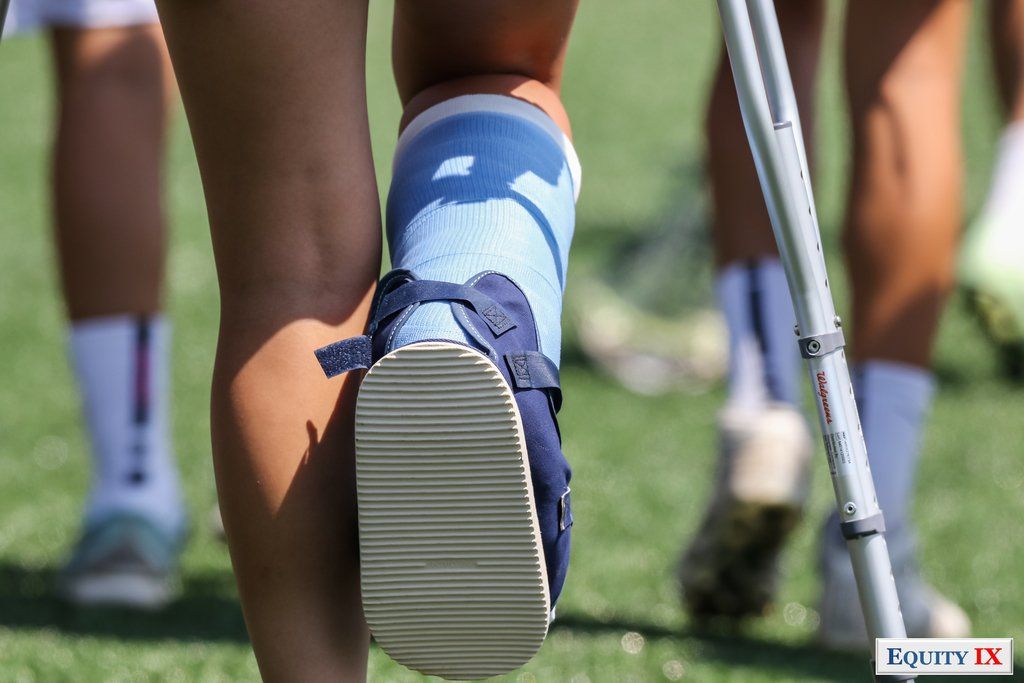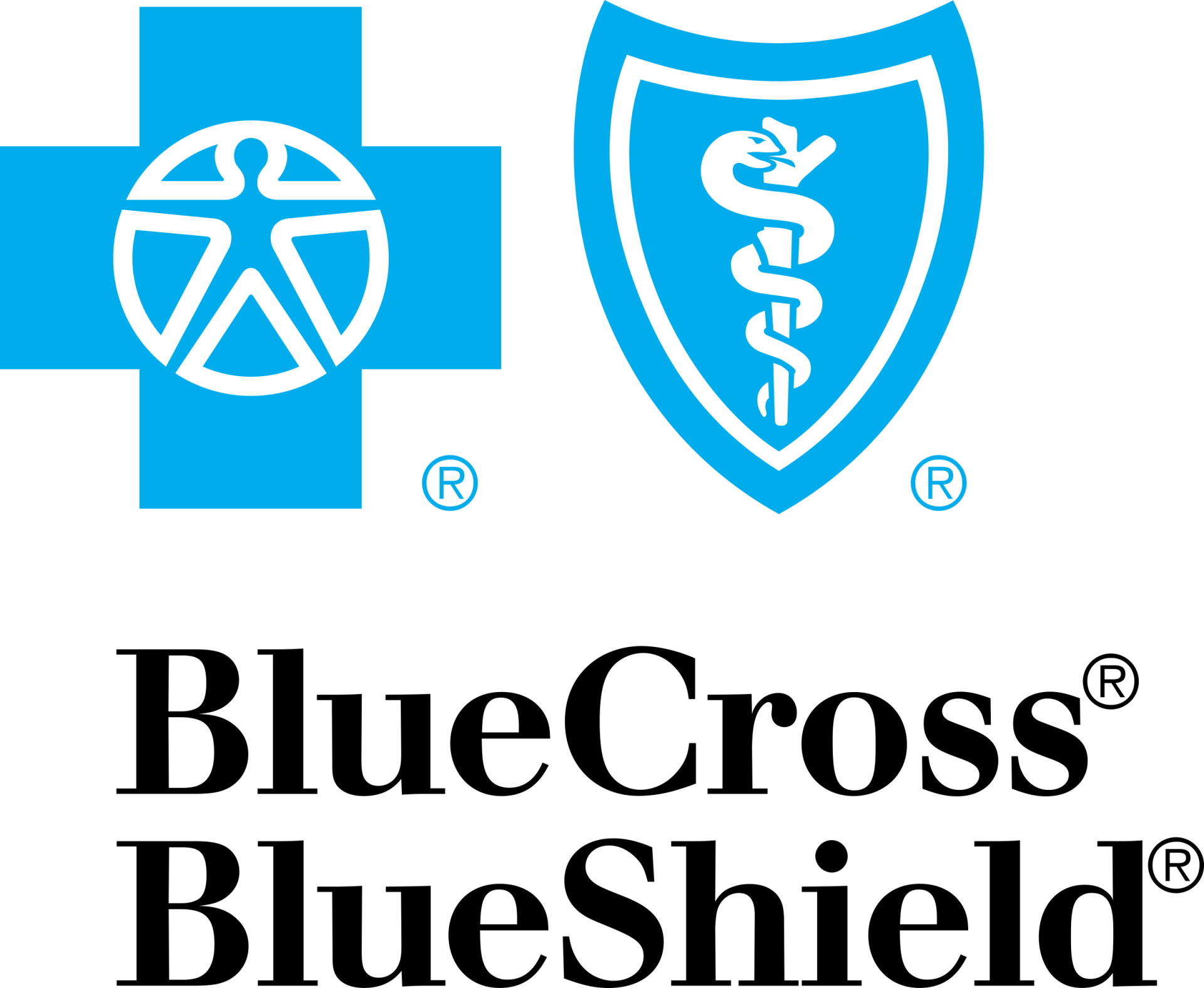What You Need to Know about Stress Fractures
A more accurate term for a stress fracture is “bone stress injury” (BSI). This is because bony stress injuries occur along a continuum based on how much loading the bone is being asked to sustain. When caught early, that dull ache at the front of your shin, for example, might just be what we call a stress reaction: there is edema (fluid) in the bone marrow, but no visible fracture line. If a stress reaction isn’t caught in time and/or the athlete continues to run through the pain, the bone can be stressed to the point of a partial fracture, what we call a “stress fracture”. Usually, pain with a stress fracture is significant enough that the athlete cannot continue to run through it. However, in cases where the bone continues to be loaded beyond what it is capable of tolerating, a stress fracture can widen and deepen and eventually progress to a complete break in the bone. Again, this is rare because most athletes will voluntarily stop their training due to intolerable pain with a stress fracture.

Who gets stress fractures? Bones respond to impact. Moderate amounts of impact activity, such as walking, running, and jumping – when progressed appropriately – are actually GOOD for your bones. Bones actually cannot get strong and dense (aka, strong enough to resist fractures and stress fractures and reducing the likelihood of osteoporosis in your later years) without some impact loading. The best way to go about this – if you’re not already a runner or involved in a running/jumping based sport like basketball or soccer – is to schedule a visit with a sports physical therapist who can help create a program for you to safely and effectively load your bones.
However, when it comes to loading your bones, it’s very easy to have too much of a good thing. HIgh volumes of load, or increasing your load very suddenly, will “stress” the bone and eventually cause it to crack. Generally, stress fractures occur in athletes who run – cross country, track, marathoners, as well as running-based sports like soccer and lacrosse – and in athletes who jump. They also occur commonly when an athlete is transitioning from a nonweightbearing sport like cycling or swimming into more running. A stress fracture is typically preceeded by a significant increase in impact activity beyond what the athlete is used to.
Stress fractures can also occur in the absence of an increase in training load. However, the reason is always due to an increase in stress on the body. This can be physical stress in the form of training load, but can also be emotional/psychological stress (for example, making the transition from high school to college), or metabolic stress from not eating enough. Bones, just like muscles, need fuel to build themselves up and keep from breaking down. For more information on the relationship between energy balance and bone health, see our last post on relative energy deficiency in sport!
A clinician will usually be able to determine whether or not they suspect a stress fracture based on the patient’s history and on several clinical tests. However, imaging is necessary to rule these in or out. Despite being a bony injury, most stress fractures will NOT show up on X-Ray; MRI is the gold standard for diagnosis.
Following diagnosis, a stress fracture will usually require a period of unloading depending on severity. Stress fractures in the foot and ankle will usually require a walking boot; stress fractures higher in the leg will require crutches. THe length of time on crutches is entirely dependent on the severity of the fracture. During this time, most athletes will be allowed to cross-train in the pool (swimming or deep-water running) or on a stationary bike – again, depending on the severity of the injury.

Most stress fractures take 6-8 weeks to heal. A common misconception, however, is that once the bone is healed the athlete is clear to resume running. While it’s true that after the bone has healed, the athlete can resume LOADING the bone, this does not mean they are ready to run. With every step you run, your leg has to absorb forces that are FIVE TIMES GREATER THAN YOUR BODY WEIGHT. Starting at this amount of load will likely just lead to a second fracture.
This is where physical therapy comes in! A sports specialist will be able to design a gradual loading program for you, involving progressing walking speed and distance, improving global lower body and core strength, and eventually, progressing plyometric activity in order to guide you safely back into running. This way, you can return to your sport stronger than you left it, and with full confidence that you will not experience an injury like this again anytime soon. Additionally, a female athlete specialist (like Dr. Wason!) can help coordinate the resolution of any risk factors you may have, such as your training volume, your fuel intake,body image issues, and your menstrual cycle status (for more on how your menstrual cycle affects your bone health, see our previous post on RED-S).
If you are a runner or running athlete and you:
-have been diagnosed by a physician with a stress fracture
-have had a bone stress injury in the past and are struggling to return to training
-are having pain with training and suspect you might have a stress fracture
-just want to avoid a bone stress injury
Send an email to Dr. Kate with any questions or concerns or to set up an appointment!
kate@balancechiropracticva.com









